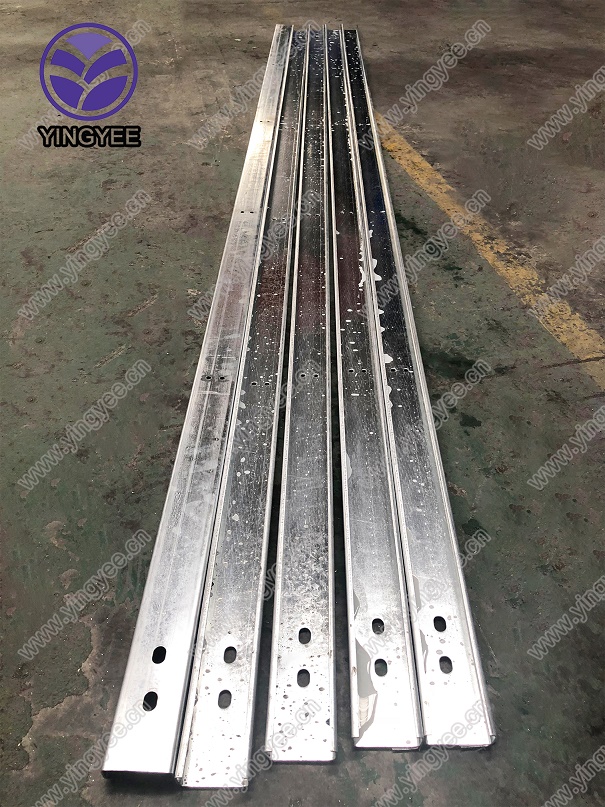
Understanding PPGI Steel Coil Price Lists
PPGI, or Pre-Painted Galvanized Iron, is a popular material widely used in construction, manufacturing, and other industrial applications. The affordability and versatility of PPGI make it an attractive choice for consumers and businesses looking for durable and aesthetically pleasing solutions. However, to make informed purchasing decisions, it is essential to understand PPGI steel coil price lists, which can fluctuate based on various factors.
What is PPGI Steel Coil?
PPGI steel coil is made by coating a base steel with a layer of zinc oxide for corrosion resistance and then applying a layer of paint for aesthetic appeal. The result is a light-weight, durable, and easy-to-maintain material that is available in various colors and finishes. PPGI is commonly used in roofing sheets, wall panels, and various household appliances, making it a staple in both residential and commercial markets.
Factors Influencing PPGI Steel Coil Prices
1. Raw Material Costs The prices of raw materials, especially steel and zinc, play a significant role in the pricing of PPGI. Fluctuations in the global steel market can lead to changes in PPGI prices. Currency exchange rates can also impact costs, particularly for imports and exports.
2. Production Processes The manufacturing process for PPGI involves several steps, including galvanization and painting. Changes in technology, efficiency levels, and labor costs can all impact production costs. A more efficient production line may help to lower prices, while increased labor costs could lead to higher prices.
3. Paint Quality and Type The type of paint used on the PPGI coil can significantly influence its price. Higher-quality paints that provide better durability, UV resistance, and aesthetic qualities typically come at a premium. As a result, customers looking for long-lasting materials may be willing to pay more.

4. Thickness and Coating Weight PPGI comes in various thicknesses and coating weights, which also affect pricing. Thicker coils with greater zinc or paint coatings provide enhanced durability but can cost more. Buyers should assess their needs carefully to ensure they get the right product for their application without overspending.
5. Market Demand Economic conditions, seasonal construction trends, and overall demand for PPGI can influence pricing. For example, during a construction boom, demand for PPGI may rise, leading to increased prices. Conversely, during an economic downturn, prices may decrease as demand wanes.
6. Transportation and Logistics Shipping costs, tariffs, and import/export duties also play a crucial role in determining the final price of PPGI steel coils. Potential buyers should consider the total landed cost when evaluating options from different suppliers.
Shopping for PPGI Steel Coils
When looking to purchase PPGI steel coils, it is essential to have access to a comprehensive price list that includes all relevant specifications. Buyers should compare prices from multiple suppliers to assess market rates and ensure competitive offers. Additionally, understanding flexibility in pricing upon bulk orders or long-term contracts might yield better deals.
Furthermore, contacting manufacturers directly may provide insights into any upcoming price changes or special offers that may not be widely advertised. Buyers should also inquire about warranties, quality certifications, and after-sales services before making a purchase to ensure they are investing in quality products.
Conclusion
PPGI steel coils remain a popular choice for various industries due to their durability, aesthetic appeal, and cost-effectiveness. However, comprehending the factors affecting PPGI pricing is crucial for making informed decisions. By staying informed and comparing multiple sources, consumers and businesses alike can navigate the complexities of PPGI steel coil price lists and secure the best possible deals. Remember, investing in quality materials at a fair price is vital for ensuring the longevity and success of your projects.